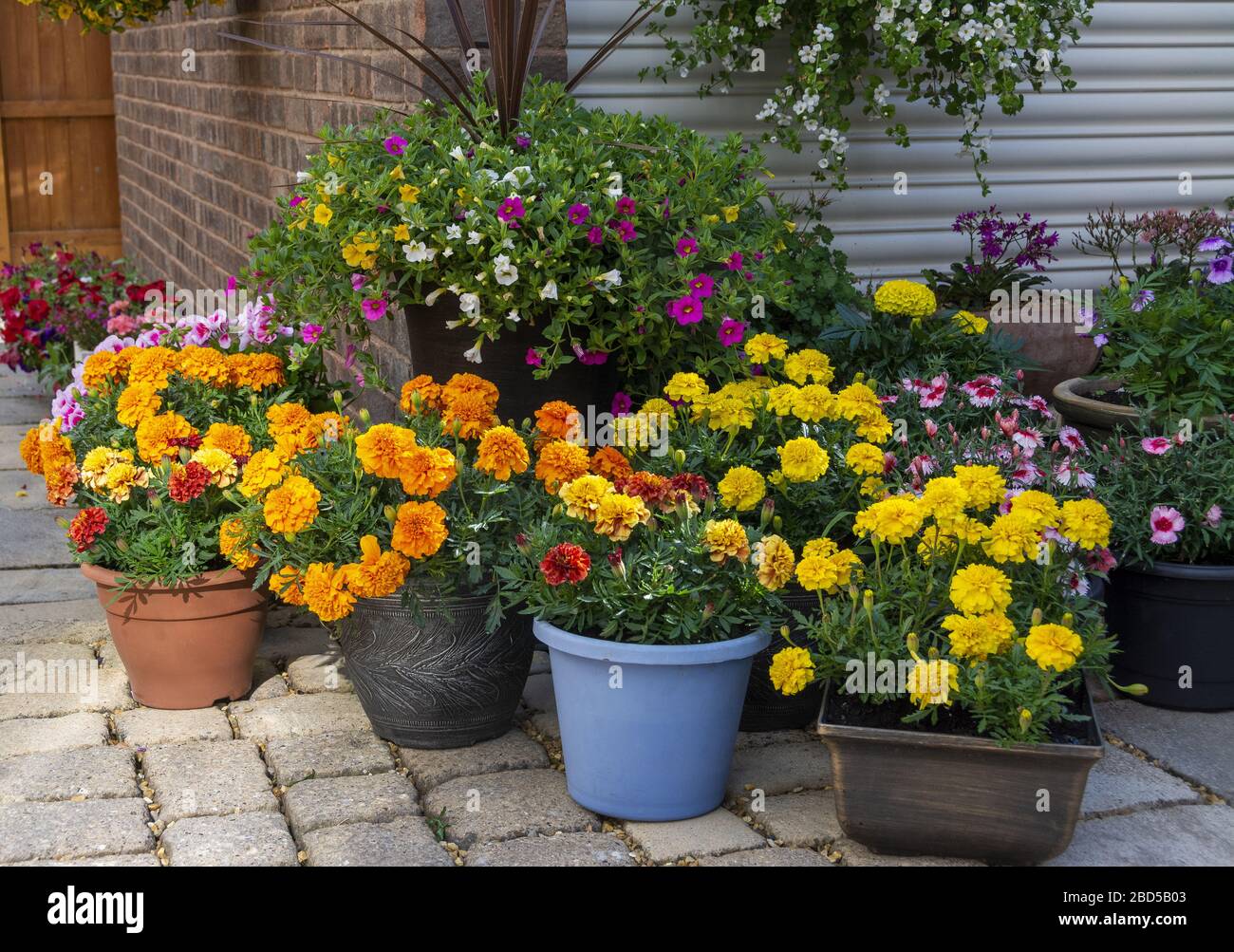Colored eggs sitting pretty in a basket. Chocolate goodies hiding in the grass. An Easter egg hunt for the kids and grand kids. Church on Sunday, a sunrise service. A special family meal. The scent and vision of Easter lilies everywhere. These are the things I think of this time of year.
Gardening combats loneliness. Gardening friends come in all shapes, sizes, and types, those friends, family, and neighbors who garden or appreciate our plant/food offerings at the end of the season. There are the admiring glances of strangers walking by. The plants and animal life we encounter are also friends (at least for me). I love watching the world wake up around me. The tiny lizards peeking out from their winter caves in the stone borders and rocks. The wildflowers, the early bloomers like my pink heather and forsythia. The perky daffodils, tulips, and other bulbs. Their fresh faces are all reminders that life really can start anew.
All of nature comes alive in April. Soon the honeybees will be buzzing my crab, pear, and service berry tree blossoms in search of nectar. Robins will perch in the trees looking around, while some on the ground listen for worms. Black birds (did you know crows are as smart as a seven-year-old?) will gather on rooftops and simply hang out. Geese will fly overhead doing acrobats in the sky and the pelicans will return to the lake.
We have quail too here in Desert Aire, lots of them. Best I can determine, they are California quail (or valley quail). Did you know that the males and females of this species mate for life? Both parents care for the chicks. I look forward to the mamas and papas, their head plumes (top-not feathers) bobbing up and down as they scurry about with their tiny chicks one behind the other in tow. So-so cute.
I suppose the aphids are waking up too. The other day I found myself thinking that aphids have a right to eat too. Ha-ha. I know, I know, this is how my mind works. I'll pull out my homemade insecticide, the one made with Dawn soap, vegetable oil and water. It repels aphids and other insects, but I doubt if it kills very many. I'll need to spray the infestation at least a couple more times. My gorgeous snowball bush suffers the most. Then there is the invasive grass taking over my garden right now. A new remedy to try (barring Roundup) will be extra strength commercial vinegar, arrived from Amazon today. I’ll tackle our grow boxes next, the only successful way I’ve been able to grow vegetables successfully here without those invasive “helmeted” squash bugs, but then that’s another story. Happy Easter everyone and Happy Gardening too. We shall see if April showers bring May flowers this year. I suspect we will have all turned on our sprinkler systems by then. Farmer’s Almanac predicts a-warmer-than-average spring.


